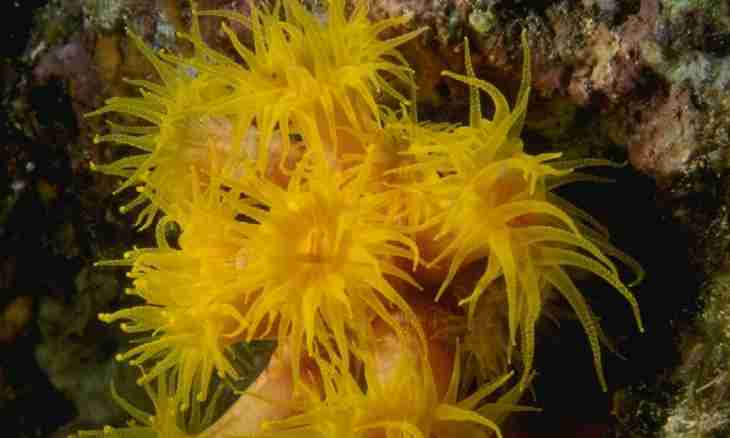Predatory plants grow not only on the land – the seabed conceals in itself similar predators which for one thousand evolved and learned to mask under harmless bright life forms. There is not a lot of them as out of the sea, however predatory plants on rapacity do not concede in anything to the overland fellows.
Horror of sea depths
If attentively to consider these beings, can seem that they arrived on our planet from space. However, their initial habitat are the deep-water seas and canyons where plants are fixed at the bottom and wait the, the production which is quietly floating by their razinuty shining mouth suspecting nothing. When fish swims up most close, they are enough her with the strekatelny tentacles, sting and will paralyze then delay production in the oral opening.
Sea predatory plants will not be able to eat the person, and here seriously burn – with ease therefore divers are not recommended to pull hands to all beautiful flowers at the bottom of the sea.
Practically all plants leading a predatory life are animals who specially develop bright pigments of coloring to attract to themselves careless food. Some of them are capable even to breed without participation of other individuals - so, for example, the tunicates predators looking as extraterrestrial life forms, at the same time develop both spermatozoa, and ova.
Carnivorous flowers which are known by modern science
The animals masking under predatory plants enter into the simplest primitive groups which appeared on Earth about 500-600 million years ago. In the ancient time they inhabited all sea space, including shallow water, however with the advent of stronger predators they had to move in depths of the seas. Today the most known carnivorous plants living on a seabed are sea actinium or anemones.
In all seas of the world, except for Aral and Caspian, there are 1500 types sea actinium from 2 millimeters to 15 centimeters in size.
In the nature the most various coloring sea an anemone – violet, blue, yellow, purple, green and pink meet. Actinium mainly live at a depth over 10,000 meters and in coastal shallow water with very salty water. They "are equipped" with a leg sucker by which flowers are attached to stones, or bury it to the soil of a bottom. Sea anemones eat little small fishes and shrimps who take an injection the strong paralyzing poison at the slightest touch to petals actinium. Then tentacles of a flower involve production in the central oral opening and digest it by means of juice of a throat and a stomach. Besides, tentacles of these predatory plants animal protect them from larger sea predators wishing to regale on a bright sea anemone.

